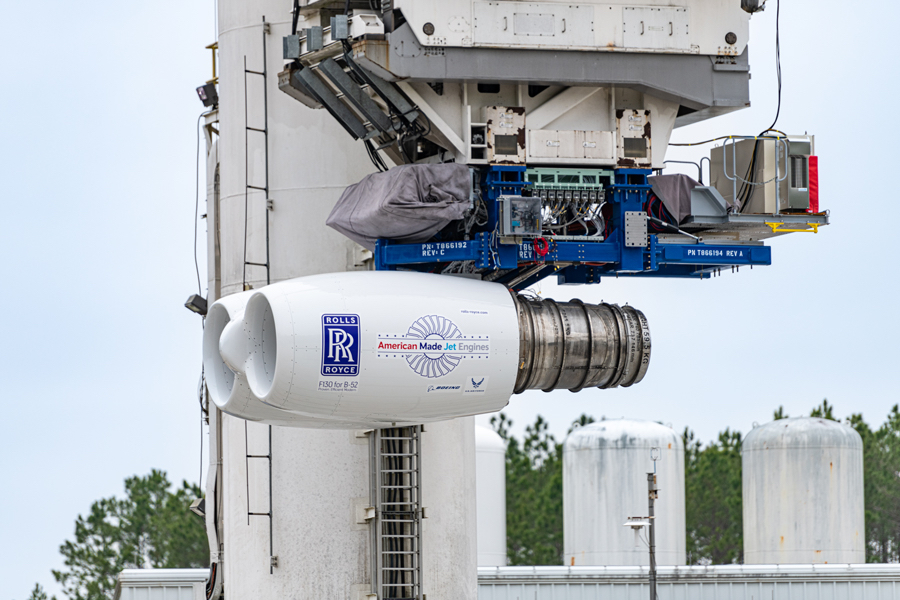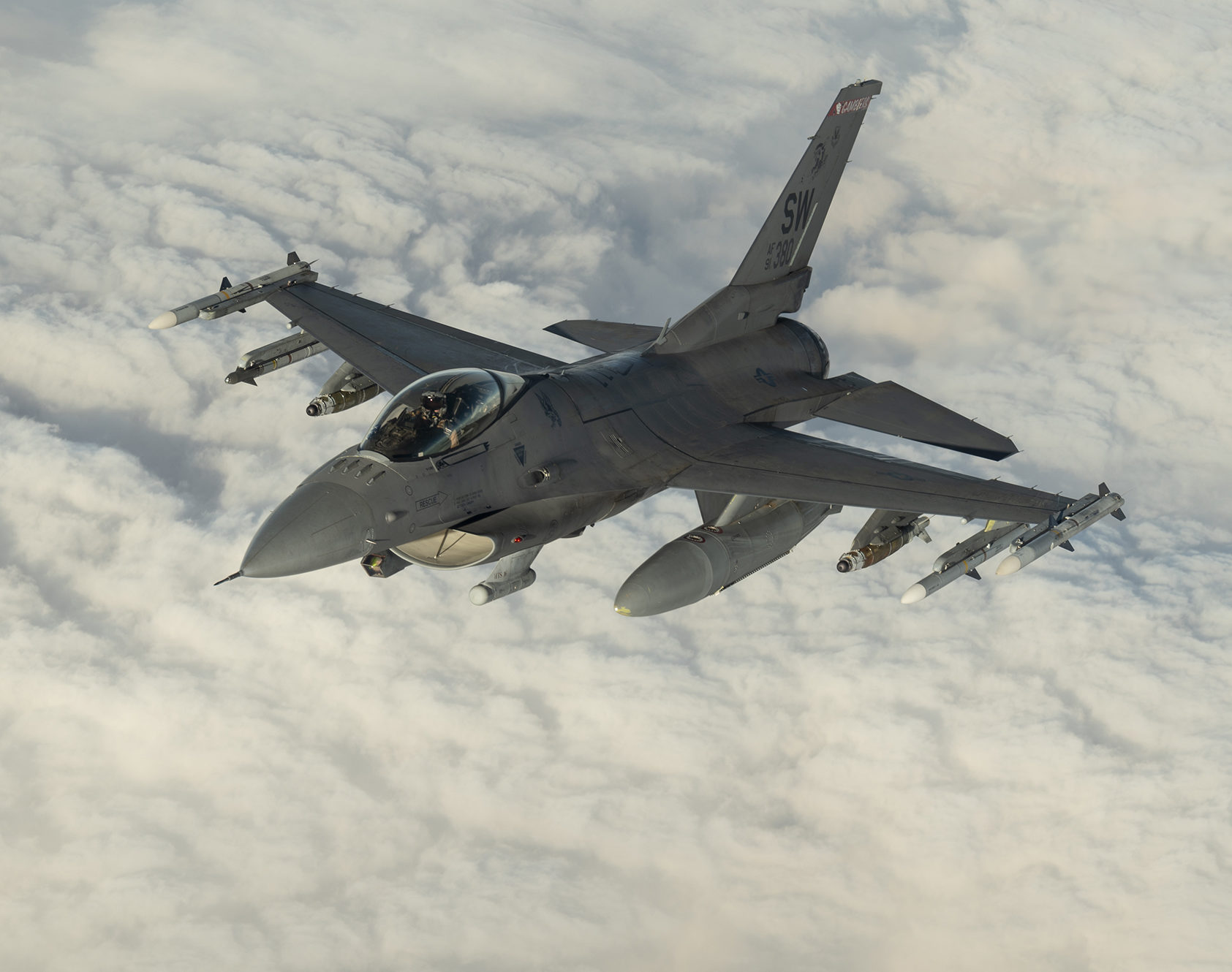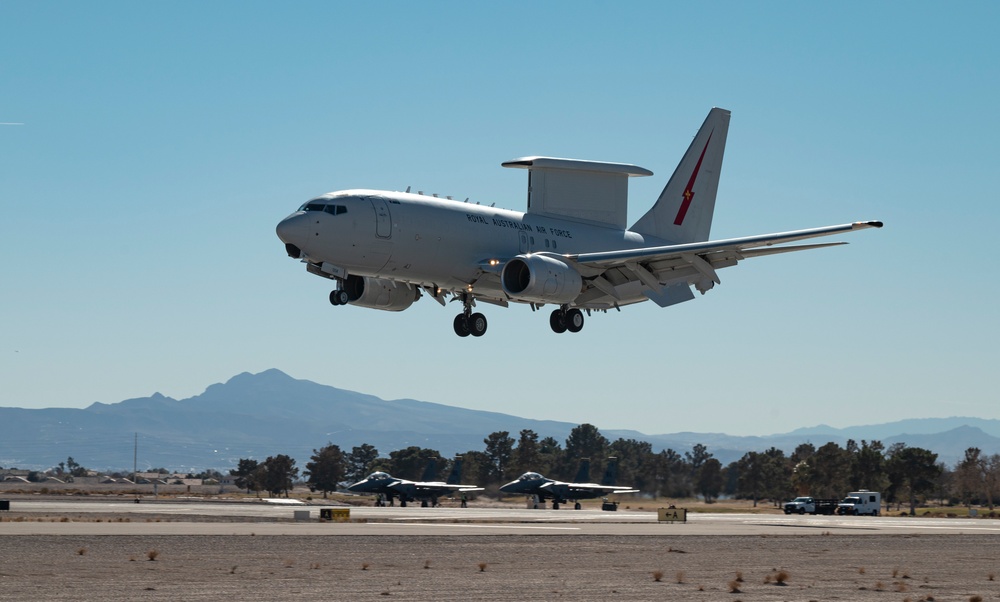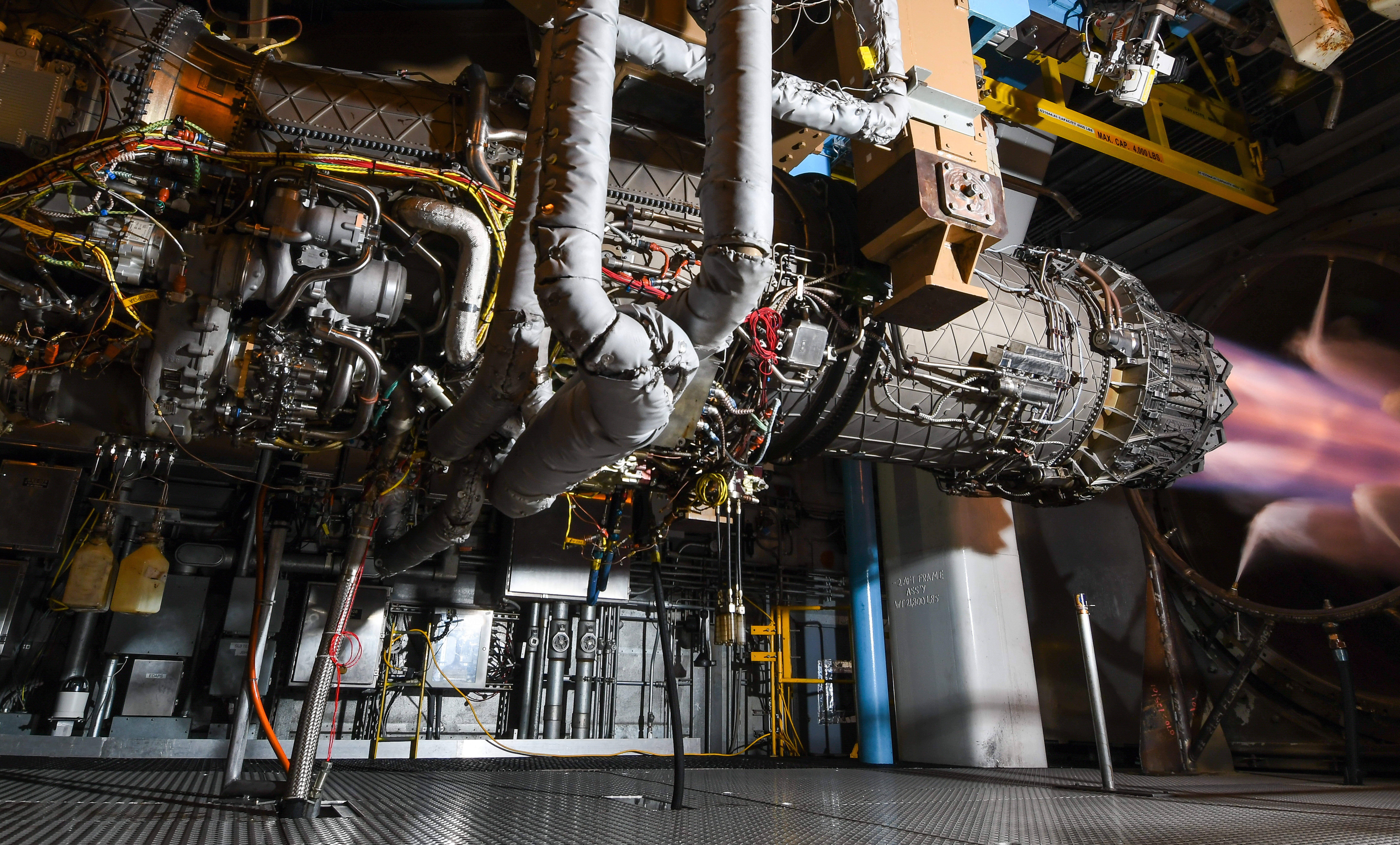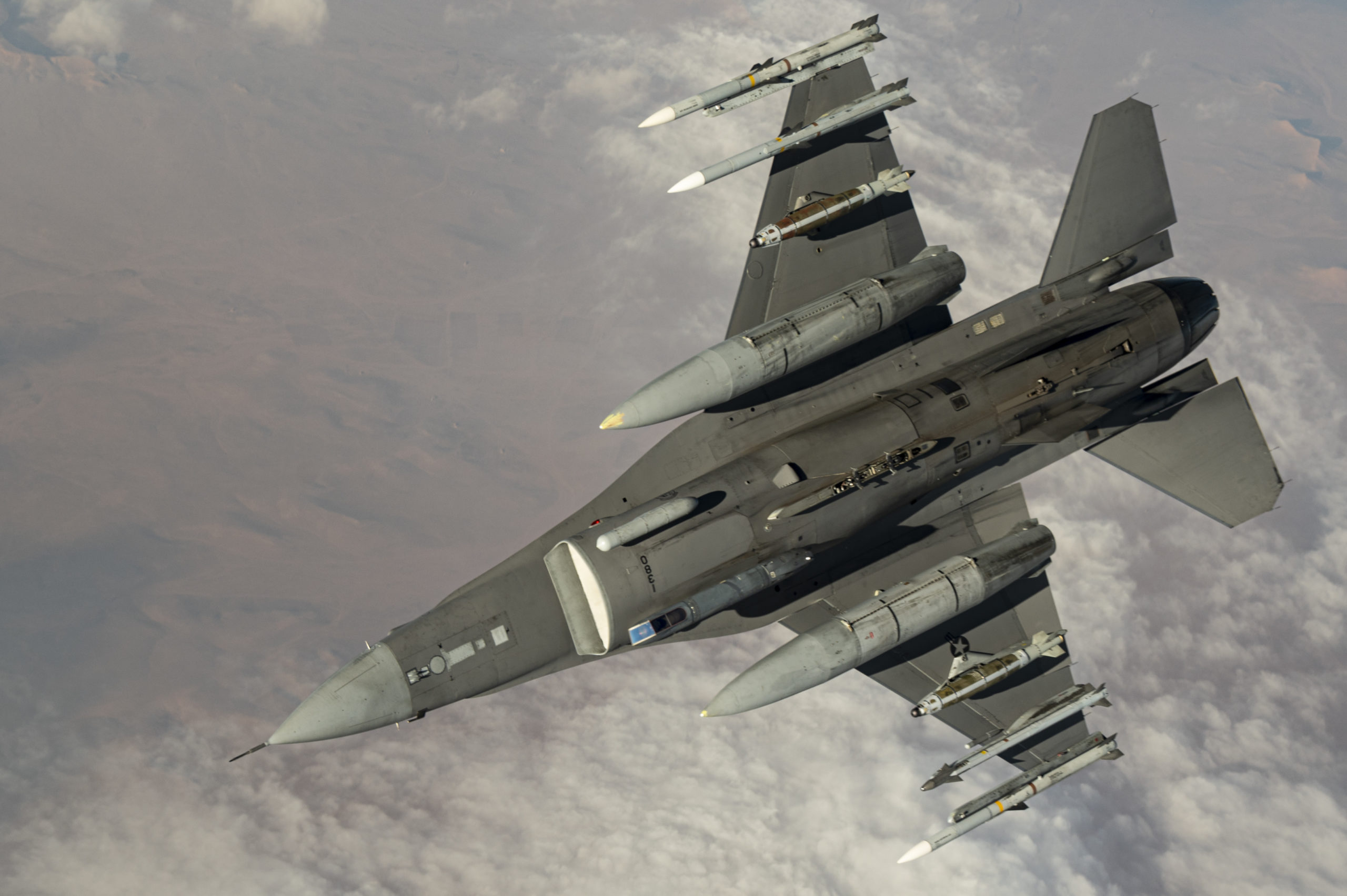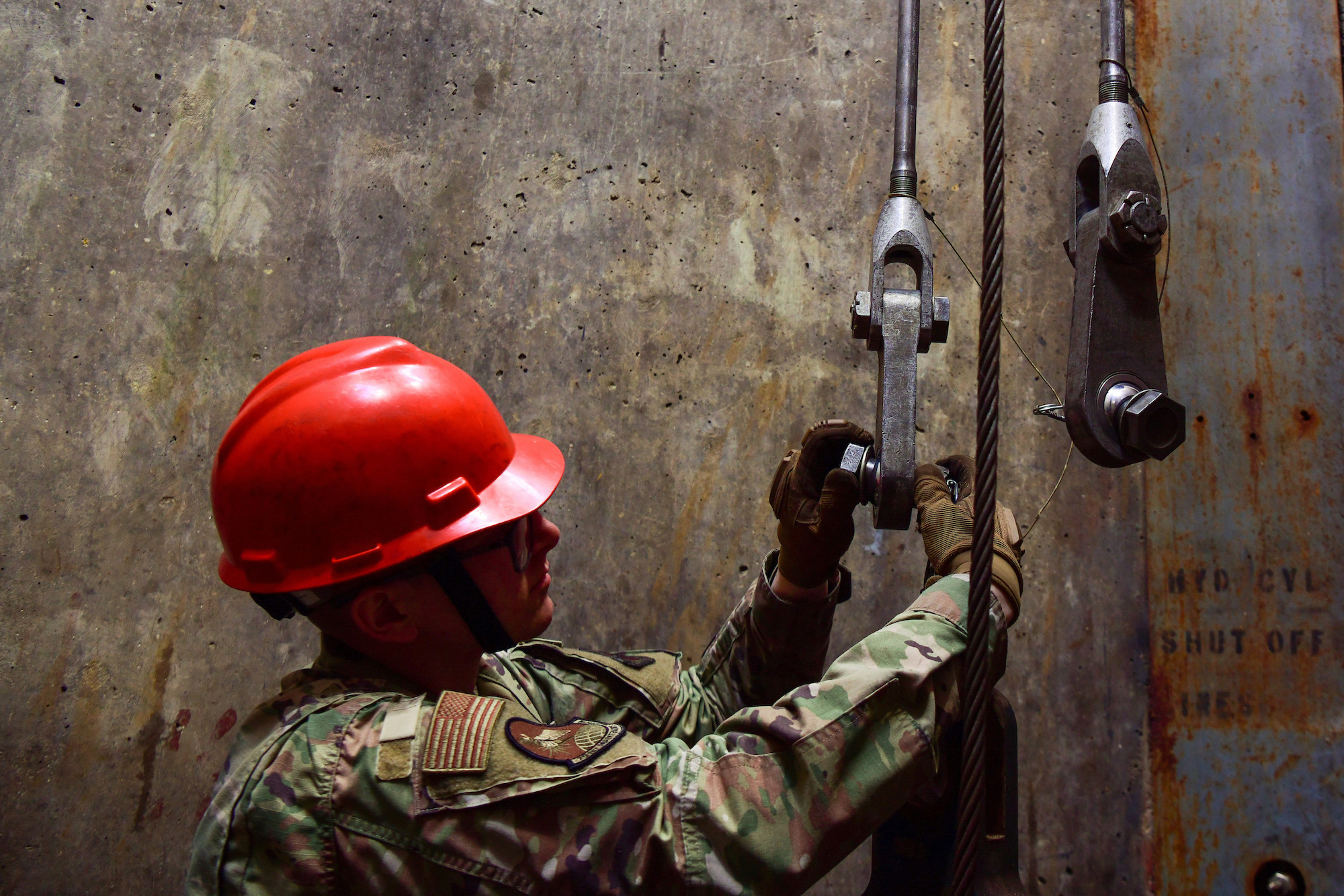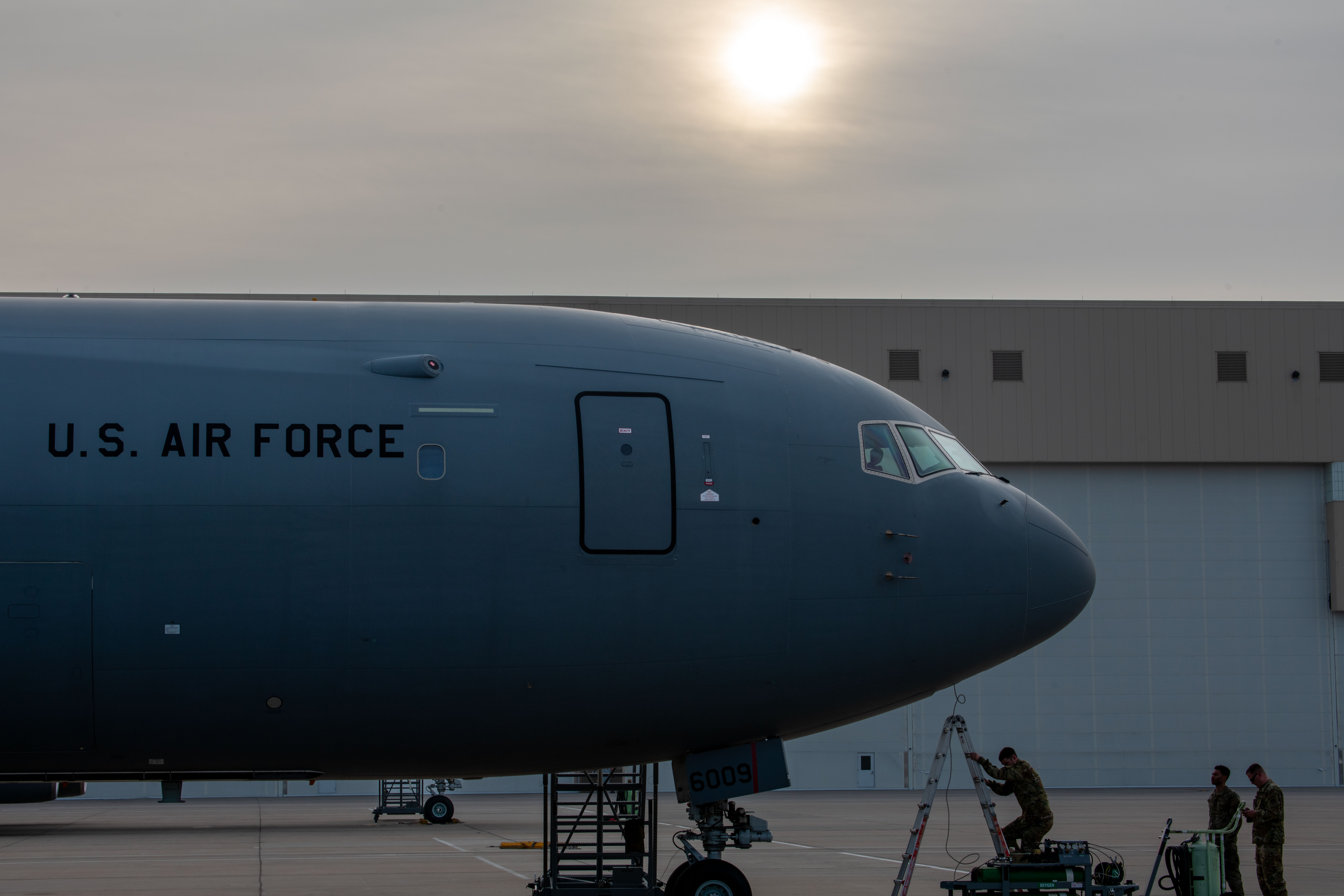Testing is underway of two Rolls-Royce F130 engines to confirm how they perform close together and to test new digital engine controls. Rolls is conducting the tests at NASA’s Stennis Space Center, Miss., the company said.
“We want to be wrapped up by the middle of the year with this testing … because confirming that we’ve got the right inlet paces a lot of things, in terms of finalizing what the nacelle is going to look like,” Rolls-Royce B-52/F130 program director Scott Ames said in an interview.
The program is “marching toward” a critical design review in early 2024, he said. These tests will ensure “we’re ready to go with the next phase of the development program, [and] flight testing, etc.,” Ames said. “We want to make sure we get this locked in.”
The two-engine nacelle test was “a part of the Rolls-Royce proposal from the get-go,” he said. “Coming to a decision finalizing what the inlet mold lines look like for the nacelle by the middle of the year is our overarching objective.”
Ames said the two F130s were “fired up” in December at Stennis, and testing aims to measure airflow around the inlets to inform the final design of new two-engine nacelle that will house the engines on the B-52. Each B-52 will have eight F130 engines in four two-engine nacelles.
The nacelles had to be redesigned because the F130 is sized differently from the TF33 engines they will replace, and they will be positioned differently under the B-52’s wing.
Rolls won a $2.6 billion contract to re-engine the B-52 in September 2021 and will build up to 650 F130 engines to power 75 B-52 bombers, including spares. The Air Force has said the program will pay for itself long before the B-52 retires, now planned for the 2050s.
Boeing is the integrator of the project, and Ames said the two companies are anxious to see whose digital performance predictions of airflow around the inlets prove most accurate. “They’re really the experts when it comes to some of those interactions, to our aero performance,” Ames said. “Our folks work very closely with theirs and compare models and predictions on how we think the inlet … is going to behave, and what the air is going to look like coming into the engines.”
Despite different analysis tools, both companies have come up with very similar “analytical, predictive results,” Ames said. “And now we get to test all that out in the real-world environment down at Stennis.”
The current round of testing emphasizes crosswind performance, Ames said, which will be performed outside as wind is blown at the running engines from an enormous box fan mounted on tracks to simulate crosswinds up to 30 mph.
Initial tests will include a metallic shroud over the back end of the nacelle to “make sure you’ve gotten good, representative exhaust flow lines,” Ames noted, but the full nacelle will be substituted “in a production environment.” The back end of the nacelle is known as the “boat tail,” he said.
Instrumentation at the front end of the engines will “confirm we’ve got all the harmonic zones mapped, and we can stay away from those during … takeoff and in normal operation of the aircraft, up and away,” Ames noted. “We’ve got blade-tip timing, and we’ve got telemetry systems set up. … Really, the main focus of this test is right there at the front end of the engine.”
Rolls won’t be doing planned one-engine shutdowns to see what happens, he said.
“Really, we want to see both engines operating at the same time to see how … those air flows interact, if at all,” Ames said. “To make sure we’ve got that splitter and the rest of the inlet design” right.
Once complete, the next step for Rolls-Royce will be to take the engines to Arnold Engineering Center in Tullahoma, Tenn., for “altitude and freezing fog testing,” Ames said. Meanwhile, development testing at the Rolls-Royce factory in Indianapolis will test electronic engine control operations to confirm “some of the finer points on how we want to control the engine in concert with the aircraft and avionics.”
Two more engines will be available by then, and that additional testing will occupy most of 2024, Ames said. “The first of those engines for next year just showed up last week,” he added.
The final nacelle will be tested in 2025, Ames said. There are no plans to test multiple nacelles with engines until they are mounted on the first B-52 test aircraft.
Having two engines situated side by side in a representative nacelle means visiting Air Force’s “engineering leadership” has been able to “get up on a platform around this twin pod setup and open different doors and take a look at how maintenance would occur.” Prior to that, they could only imagine how it might work by “looking at a computer screen … in design reviews.”
Ames said seeing things in person made a difference. “Being able to see it physically, and … touch where that oil access point is going to be … gave them … a better appreciation for what these engines are going to look like sitting next to each other.”
A new maintenance feature enables maintainers to replace fan blades that become damaged or notched without removing the engine from the wing or even the edge of the engine. Another new feature: “Left-hand” engines can be swapped for “right-hand” engines without much trouble, because the wiring is designed to support either position.
Ames said inflation hasn’t slowed the program. “We are on schedule and on budget right now,” he said, and his customer has reported being “quite happy with how things are progressing from a programmatic standpoint, as well as the technical.”
The F130 is “still on the same schedule” set when the contract was awarded, he said, having completed the Preliminary Design Review on schedule last June and the Critical Design Review on schedule for the first quarter of 2024.
